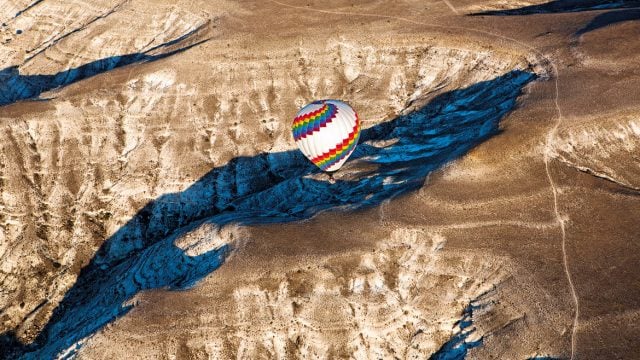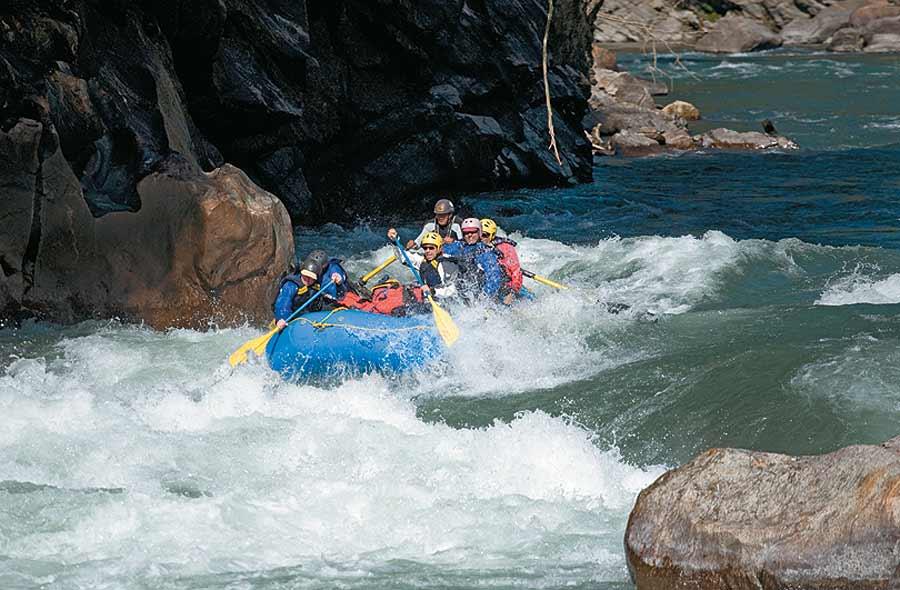
Mellow yet dramatic, giggly and flirty, Subansiri-the 'golden river'-trails a dazzling path. A major tributary of the Brahmaputra, it drains the waters beyond the Himalayan ranges spanning from Tsona Dzong up to the Great Loop of the Tsangpo in Tibet. It then enters the eastern Himalaya at Asaphila into the rugged, isolated hinterland of Arunachal Pradesh's Upper Subansiri District.
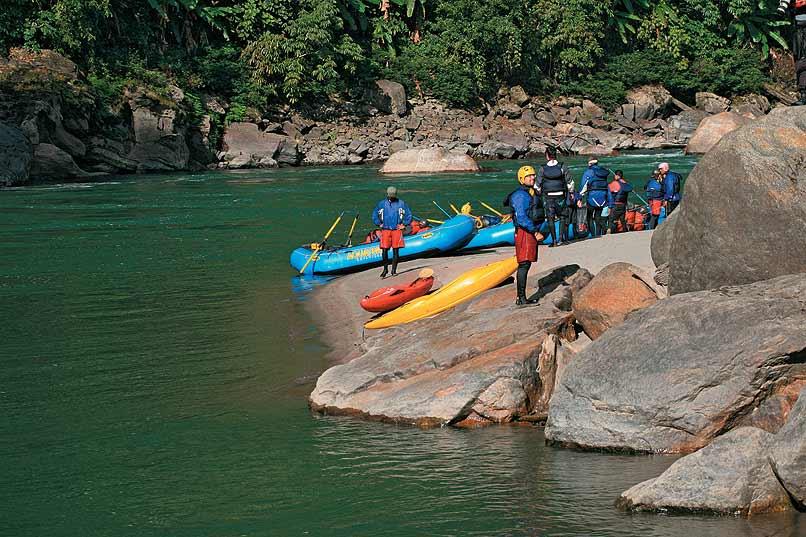
Between the smooth-sailing sections of this little-explored gem lie turbulences where the water hurtles forward furiously. These adrenaline-inducing rapids pack a mean punch. Kicking off from So Nala on a descent to Koda, we spent eight days on the river, descending 925 feet on a 164km run.
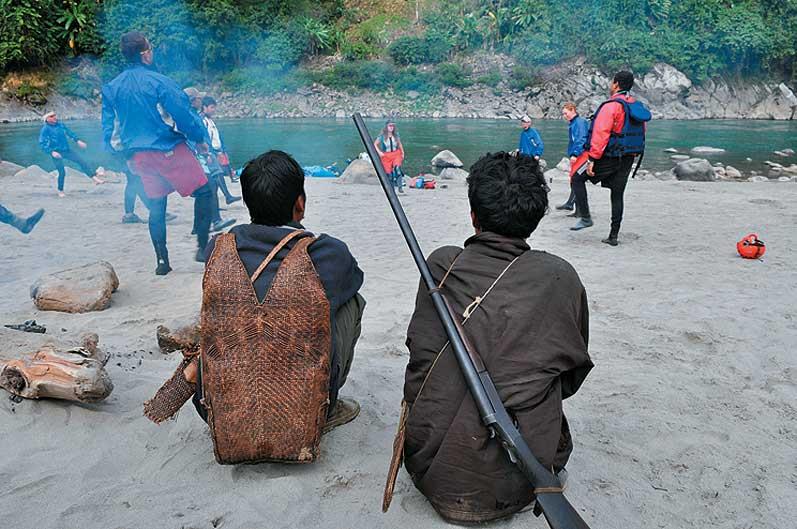
One of the many great things about this river journey is the peek it affords into local culture, especially on the first two days of the run. The Tagin put the plentifully available bamboo to good use: they live in bamboo homes built on bamboo stilts, and use it to make everything from swaying bridges to intricate woven baskets.
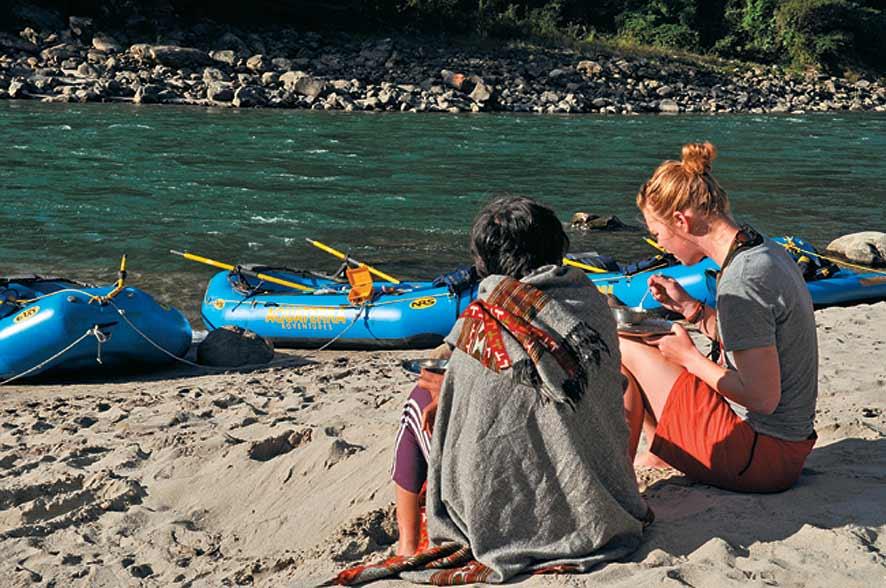
A substantial stretch of the lower river run is through a remote, uninhabited canyon gorge with no road support. The pristine beaches along the banks here are fringed with dense rainforest, and the cool waters make swimming in the river here particularly pleasurable. The surroundings make for wonderful beach parties too; ours typically began with sundowners at an early 4pm, with excited talk of rapid-bashings and conquests around a bonfire.
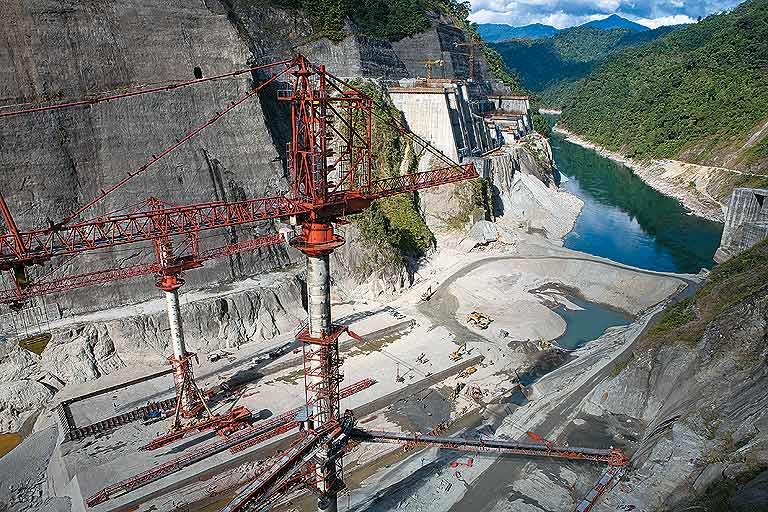
Time was running out for Arunachal's wild river when we visited, as South Asia's largest dam at Gerukamukh filled up the wilderness around its higher stretches. With the release of the dam waters, a massive 38,000 sq km of rainforest would be lost-as would be its unique flora and fauna. On the last few trips, in fact, tiger tracks were spotted just five kilometres upstream of the dam.
Arunachal Pradesg
Gerukamukh dam
Rafting


